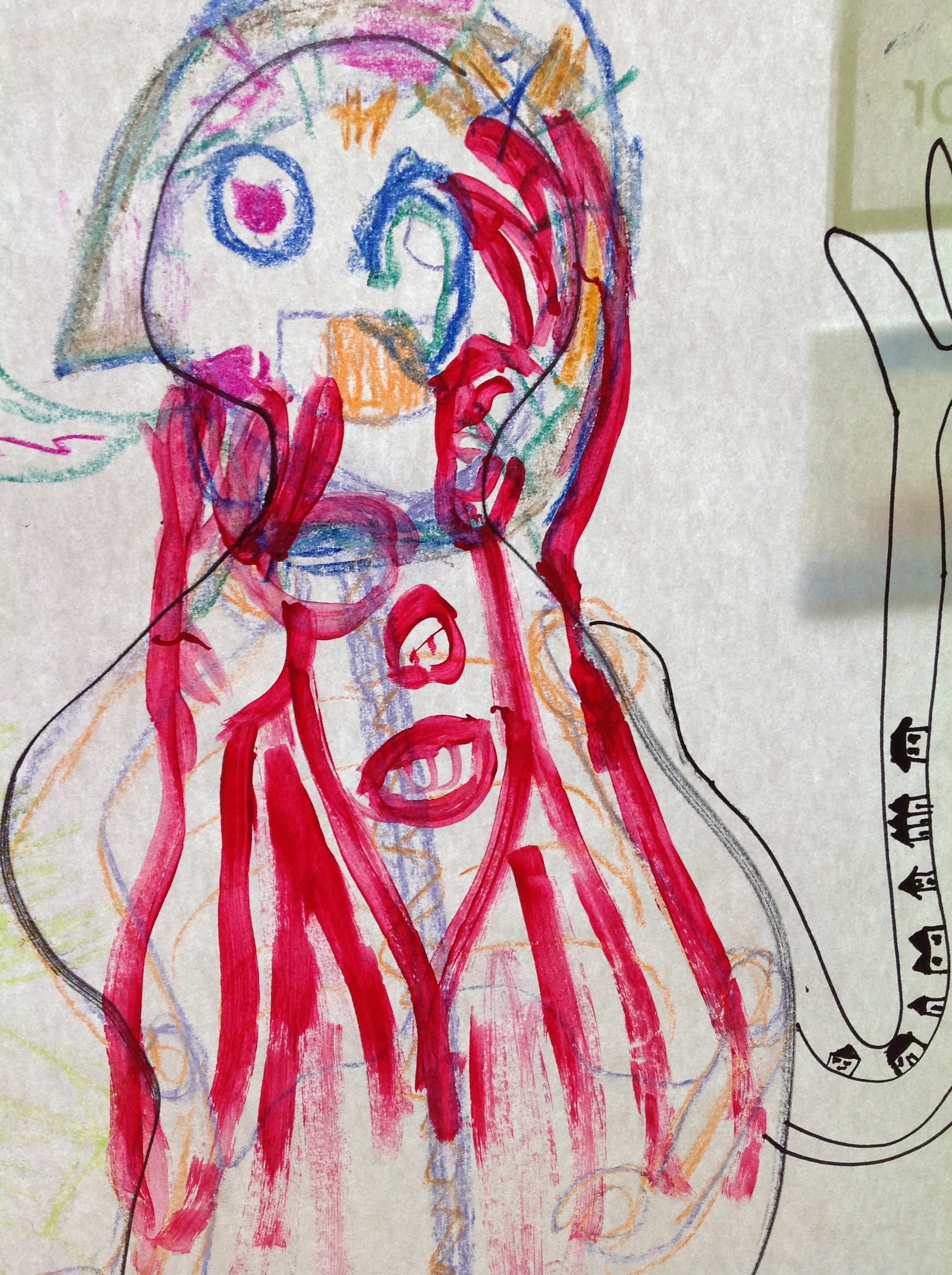 Detail of Stop Fear. You can see the entire quilt at the International Quilt Festivals this year!
Detail of Stop Fear. You can see the entire quilt at the International Quilt Festivals this year!
I've just been notified that my art quilt, Stop Fear (Homage to Sister Corita Kent) has made it into the juried SAQA exhibit, Text Messages. Yippee! This piece was principally designed using a large one-color soy wax batik that I made a few years ago -- and i've had such a good time working with it, that I'm itching to get back into the studio next week for a few day-long soy wax sessions. I am also sending out soy batik lessons this week on Joggles, part of my MORE TEXT ON TEXTILES online workshop.
Sister Corita Kent has long been an inspiration to my work, and I can’t think of using text in art without thinking of her. This batik and, even more importantly, its message, speak of her influence on my life and in my work. I was first introduced to a version of traditional batik using beeswax and parafin mixture and inkodyes when I was in my 20s -- it must have been the first surface design technique I learned and the teachers were visiting Sister Corita students who worked with us in our creative arts for kids programs one summer -- maybe 1967 or '68?
Inkodyes are still around -- and they are VERY light and water fast -- but I had heard that their toxicity is higher than MX dyes, so I've left them alone in the past several decades -- the colors, too are hard to mix, since -- kind of like ceramic glazes -- the color that goes onto the fabric is very different than the color that develops in sunlight as the dyes develop. However, this site with its app for making registered three color photo prints just might change my mind! This is what the site says about toxicity:
Our dyes and resist have been certified as having no chronic toxicity by an independent toxicologist. Our products conform to the Labeling of Hazardous Art Materials Act (Conforms with ASTM D-4236). We are committed to the health and safety of everyone who enjoys Inkodye, which is why we recommend using normal precaution to prevent unnecessary spilling, skin contact and ingestion. Children love to watch the magical color development, but should not use Inkodye unsupervised. Our dyes are water-based and only require household soap and water cleanup - we recommend that you wash your hands thoroughly after use and / or use gloves to prevent prolonged skin contact and staining! We recommend using the sun to develop your prints, but if you choose to iron wet Inkodye articles indoors please work in an environment with adequate ventilation!
At any rate, if you do use inkodyes with soy batik, you can wash out the wax after the dyes develop without using an iron -- bound to be better for the lungs and environment.
Basically, soy wax can be used as with traditional batik, but you can't immerse fabric without running the risk of it dissolving too much of your wax resist -- so the technique requires that you paint on your intense low-water type dye mix (including soda ash and urea to retard drying) and then batch under plastic, removing plastic to dry the fabric, then adding another layer of wax -- or you can wash out the soy wax between colors. -- hot water and detergent turns it into soy oil that washes down the drain. Alternatively use Inkodyes, according to directions.
(PS Thanks Nina-Marie for the invitation to add this link to your off-the-wall Friday posting!
Here are a few photos of the process:

You can also use an electric skillet. Be very careful with temperatures and keep a lid handy in case things get out of hand. Do not heat the wax so hot that it smokes. Fortunately soy wax fumes are not toxic or allergenic (as is the case with paraffin and bees wax fumes).

Another way to use soy wax is to use it with a thin paint, as I am doing here. Be sure the wax is hot enough that it makes the fabric a bit transparent looking-- the wax need to go all the way through the fabric.


You can take some of the wax out by ironing first -- if you use paint, you must iron it before you put it in the washer in order to set the paint, then put your fabric in hot soapy washer in the machine. Sometimes, with heavy wax applications, it may take two trips through the washer.


































































